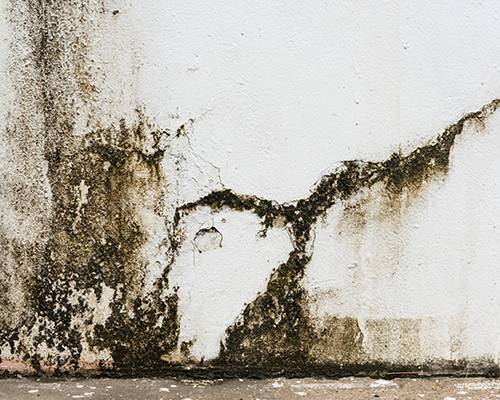
30 Apr Mould what is it? what types of mould are they?
What is Mould?
Mould is part of a group of very common organisms called fungi that also include mushrooms and yeast. It is present virtually everywhere, both indoors and outdoors. Mould is the common word for any fungus that grows on food or damp materials. The colours can be black, grey, green, yellow, white or almost any colour.
It often looks like a stain or smudge and it may smell musty. In order to grow it needs moisture and a material it can live on. It then releases “spores” into the air which are small enough that people can actually breathe them in. Breathing in large amounts of these spores and the by-products they produce can negatively impact your health.
Mould may grow indoors in wet or moist areas lacking adequate ventilation, including subfloor areas, roof void, exteriors of buildings, walls/ wallpaper, ceilings, wet areas, bathroom tiles, carpets especially those with fiber backing, insulation material and wood. If moisture accumulates in a building mould growth will often occur.
Many different types exist and all have the potential to cause health problems. It is impossible to determine what type of mould is growing by visual inspection only, there are thousands of known species below are common types found in homes & businesses.
Common types of mould found in homes & businesses
Absidia, Acremonium, Alternaria, Aspergillus, Aureobasidium, Chaetomium, Chrysonilia, Cladosporium, Curvularia, Emericella, Epicoccum, Eurotium, Fusarium, Geomyces, Geotrichum, Gliocladium, Gliomastix, Memnoniella, Mucor, Myrothecium, Oidiodendron, Paecilomyces, Penicillium, Phialophora, Phoma, Scopulariopsis, Sistotrema, Stachybotrys, Trichoderma, Ulocladium, Wallemia
Individuals with persistent health problems that may be fungi-related are advised to see their GP for a referral to a practitioner trained in environmental medicine or related specialties and are knowledgeable about these types of exposures.
For further information you should contact you local government by using the link below



Sorry, the comment form is closed at this time.